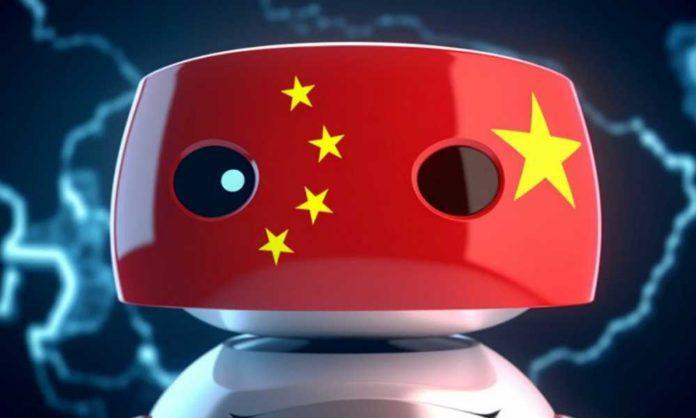Huawei, the Chinese tech giant, is set to make a significant entry into the world of AI with the launch of its own AI text reply software next month. This move puts Huawei in direct competition with OpenAI’s ChatGPT and represents a major development in the Chinese tech industry.
The software, rumored to be called “Pangu Chat,” derives its name from Huawei’s large-scale learning model. The official unveiling of this AI technology is expected to take place at the Huawei Developer Conference (Cloud) on July 7th, 2023.
Not meant for conmericial use?
While details remain limited, sources suggest that Huawei intends to target the business sector and focus on selling the software to government and enterprise customers. This strategic decision highlights Huawei’s intention to tap into the growing demand for AI-powered solutions in these sectors.

To ensure the reliability and performance of Pangu Chat, Huawei conducted rigorous testing using a large-scale Pangu cloud model with an impressive 100 billion parameters. Over the course of two months, more than 2000 Huawei Ascend 910 chipsets were utilized for data training purposes. Such extensive testing demonstrates Huawei’s commitment to delivering a high-quality AI product.
High power required for Pangu Chat
Additionally, industry analysts reveal that the development of large-scale models incurs substantial computing power costs. In the case of Pangu Chat, the training process required over 4000 GPU/TPU cards, resulting in a computing power cost of approximately 960 million yuan over three years.
The specifications of Huawei’s Pangu model indicate that the new Pangu-E large model is capable of generating at least 1.085 trillion parameters, equivalent to the capabilities of OpenAI’s GPT-4. Developed using the MindSpore framework, this model can generate dialogues comparable to GPT-3.5.
The Pangu model was initially launched in 2021, with version 2.0 released in April 2022. The platform currently encompasses Natural Language Processing (NLP) large models, Computer Vision (CV) large models, and Meteorological models. Huawei’s Pangu series distinguishes itself by being the first Chinese pre-training large model with over 100 billion parameters and a CV large model with 3 billion parameters.
Can it compete with GPT 4
The Pangu series boasts advanced capabilities, including discrimination and generation of data, as well as the ability to learn from small samples. It also supports second-level weather forecasts and facilitates three-modal large-scale learning, covering maps, text, and audio data.
The NLP large model within the Pangu series utilizes an Encoder-Decoder architecture, incorporating comprehension and generation capabilities. Furthermore, it ensures the flexibility of embedding the model into different systems. Downstream applications benefit from the ability to rapidly fine-tune and adapt the 100-billion-parameter model using only a small number of samples and learnable parameters.
We are awaiting confirmation

While Huawei has not officially confirmed these reports, the prospect of Huawei launching a ChatGPT rival is exciting. By leveraging the power of AI to deliver innovative solutions, Huawei continues to establish itself as a prominent player in the tech industry. However, it remains to be seen if Huawei will make this AI software available on its smartphones, which would undoubtedly add another layer of interest to their offering.
Huawei’s imminent launch of Pangu Chat, a rival to OpenAI’s ChatGPT, represents a significant milestone in the Chinese tech industry. By introducing its own AI text reply software, Huawei aims to cater to the business sector, focusing on government and enterprise customers. As the details unfold, the industry eagerly awaits Huawei’s official announcement, hoping to witness another impressive application of AI technology from the renowned tech company.
Stay tuned to Brandsynario for the latest news and updates.









































